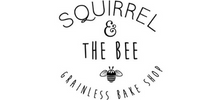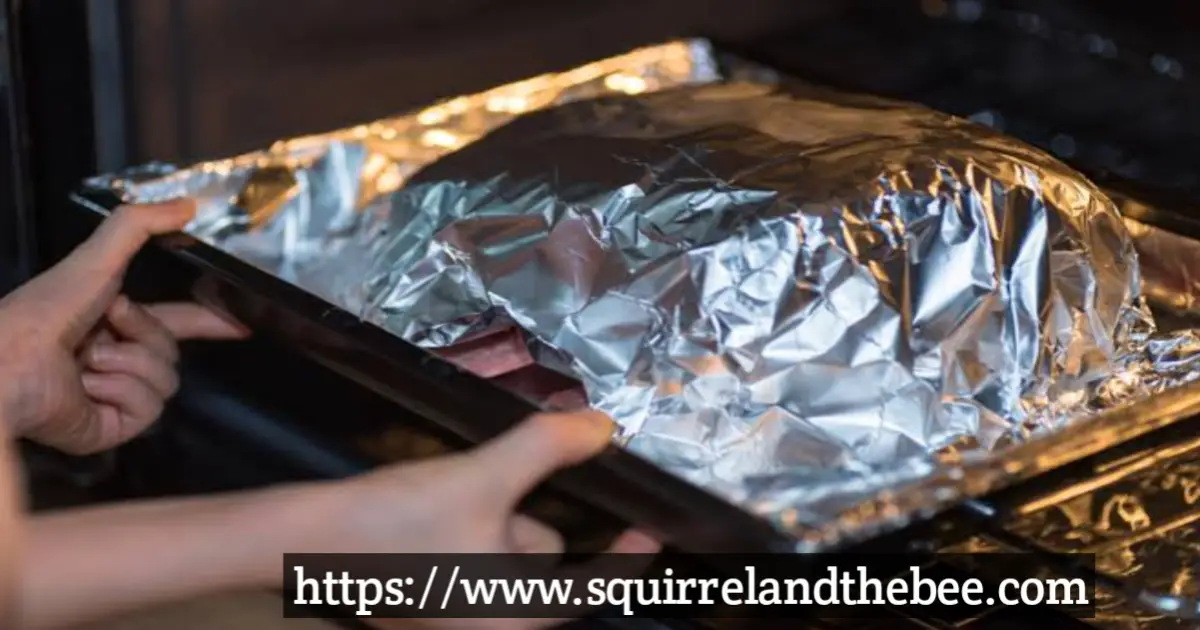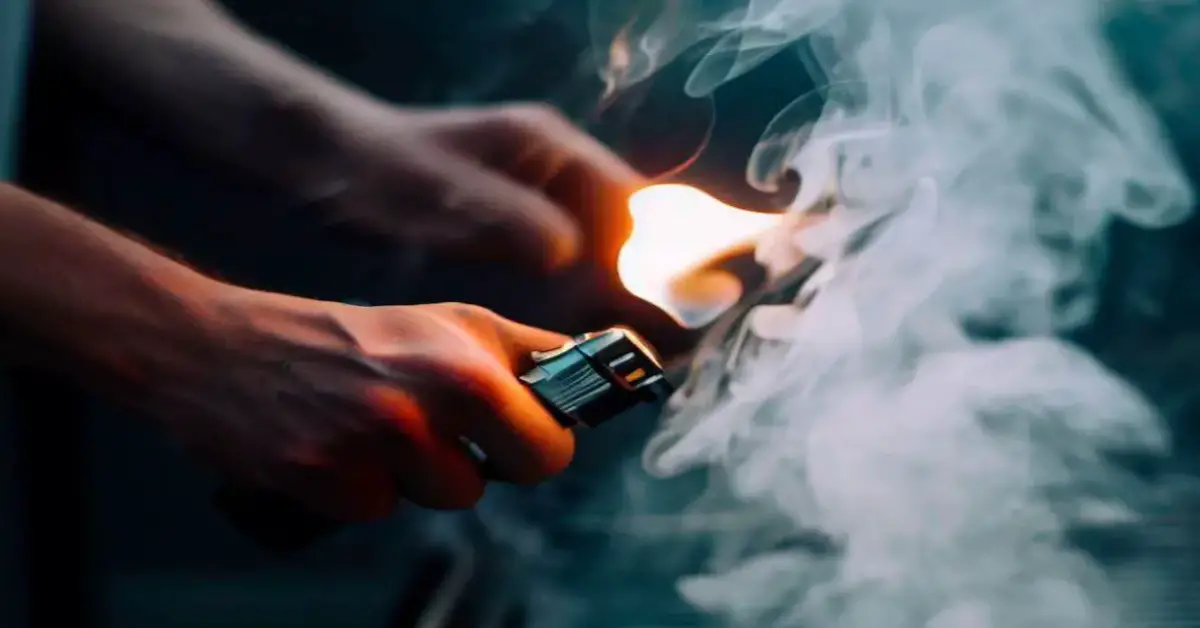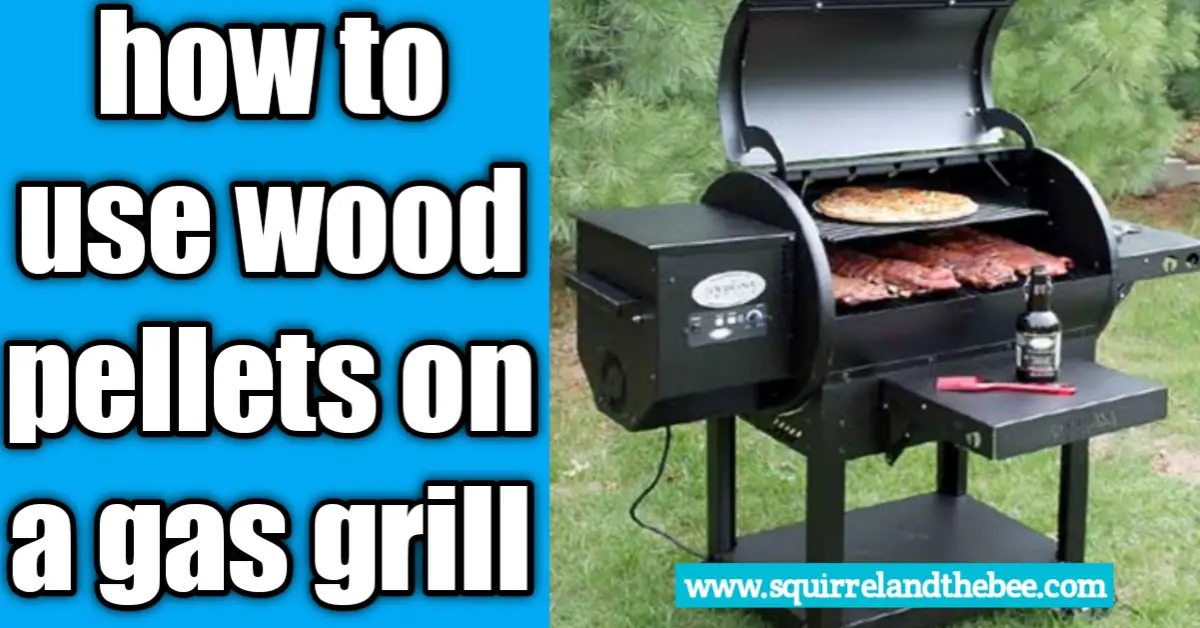Can aluminum foil go in the oven?
Many recipes call for wrapping or covering your meal while it cooks with aluminum foil. It’s not appropriate for all applications, though. When used as an oven liner, aluminum foil may do more harm than good. Learn more about how to use aluminum foil in the oven in the following paragraphs.
A thinly rolled sheet of aluminum, aluminum foil has established itself as a standard kitchen item. Cooking with aluminum foil in the oven is not only risk-free, but it also facilitates heat transfer and facilitates cleanup. Aluminum foil is a terrific baking ally since it is more malleable and durable than tin foil, () reflects heat, and can normally withstand the maximum baking temperatures in most household kitchen ovens. Aluminum foil is the way to go if you’re lining baking pans, wrapping food, or covering it to keep moisture in.
Line baking sheets and pans:
An excellent approach to ensure easier cleanup is to line baking sheets and pans with aluminum foil. You can easily slide or lift the foil from the pan after baking cookies, bread, or other meals.
Because of the way it is made, aluminum foil has a shiny and dull side; however, depending on the application, the shiny side should be used. When baking stickier meals, place the dull side of non-stick aluminum foil up as this side has a non-stick layer. Otherwise, turning certain foods’ dull sides down will aid in promoting browning.
Cover dishes:
When baking, covering dishes with aluminum foil keeps moisture in. While the rest of the dish bakes, you may protect the top from browning by loosely tenting or placing a sheet of foil over it. If you want to increase the amount of steam produced while baking, closely covering the dish with a foil lid will work. (can you put aluminum foil in the oven on a pan)
Disposable baking dishes:
Aluminum pans and trays, which are disposable baking dishes, might be a practical substitute for metal dishes. They offer heat conduction qualities that help easily convey heat to your meal and, like aluminum foil, can withstand whatever temperature the oven may dish out. (can you put aluminum foil in the oven on a pan)
Why I Can’t use aluminum foil as an oven liner?
Although it may be tempting to line your oven with aluminum foil to keep it clean, doing so can increase the intensity of heat on the oven’s surfaces, which can cause damage to heating elements in addition to surface issues like chipping or scratching of the porcelain finish. Additionally, it may hinder even cooking.
Although foil is heat resistant, it cannot withstand heat. Aluminum foil in the oven bottom could melt if excessive heat is used, irreparably ruining your equipment. The following problems can also result from using aluminum foil as an oven liner:
- Foil on oven racks can impede the best cooking outcomes and disturb the oven’s heat dispersion. (can you put aluminum foil in the oven on a pan)
- Covering the bottom of the oven’s vent holes might result in poor heat distribution, insufficient airflow, and performance problems.
- Foods can be overcooked or the heating elements in your oven can be damaged by heat reflecting off the aluminum foil.
- By lining your gas oven with aluminum foil, you risk reducing heat and airflow and getting subpar cooking results.
- Aluminum foil can permanently harm surfaces or elements by melting when it comes into contact with heated surfaces or elements and damaging the enamel surfaces of the oven.
Make sure the heating elements or other oven components weren’t harmed if you’ve ever used aluminum foil in your oven before. Spend some time calibrating your oven, and if you suspect a problem, make an appointment for service.
What I should use instead of Aluminum as an oven liner?
What should you use in the bottom of your oven if aluminum foil is not an option? You can attempt a few other alternatives if you don’t want to clean up caked-on drips and spills. (can you put aluminum foil in a gas oven)
Empty baking dishes or trays:
Place a clean baking dish on the rack beneath the meal that is being cooked. It will catch drips and facilitate cleanup. Place the empty dish in the oven as it heats up to help prevent the warping of the metal baking sheet, which can happen when there are abrupt temperature changes. ()
Silicon oven liner:
You might cover your cooking racks with a silicone oven liner. These non-reflective, heat-resistant accessories will help you keep your oven clean, but improper use could affect baking performance. For optimum heat transfer, provide at least 3 inches of space between the liner sheet and oven walls to allow air to circulate.
Be advised that oven liners should never be placed on the oven’s bottom and should only be used with electric or convection ovens. Oven liners should not be used in gas ovens, microwaves, or countertop microwaves made by Whirlpool, even if these units are also alternatives for cooking or heating similar foods. (can you put aluminum foil in a gas oven)
Parchment paper:
Consider using parchment paper instead of aluminum foil if you want to use baking sheets. As it is non-reflective, non-stick surfaces won’t be scratched. It is crucial to study the manufacturer’s recommended maximum parchment bake temperatures before using parchment paper. Generally speaking, parchment paper should never be used for intense radiant cooking over 450 degrees (i.e. broiling at any temperature) or in contact with the sides of your oven. Furthermore, avoid using parchment paper in gas ovens that have an open flame.
Discover Whirlpool oven and ranges:
You can rely on more than just aluminum foil to keep your oven clean when you use a Whirlpool® oven or range. A high-heat self-cleaning technology, for example, is available in some ovens and ranges, making it simpler to remove stubborn filth. (can you put aluminum foil in a gas oven)
To what degree can aluminum foil be baked?
In the oven and for direct heat grilling, aluminum foil is safe to use up to 400 degrees Fahrenheit (200 degrees Celsius). Remember that lining your oven with aluminum is not advised since it could harm the heating elements in the oven.
Can you bake with aluminum foil at 450 degrees?
Foil can tolerate high temperatures like baking, broiling, roasting, or grilling because it conducts and distributes heat. Use foil for anything that is over 400 degrees. (aluminum foil in the oven which side up)
Can you microwave aluminum foil?
While using aluminum foil in a microwave oven is safe, several precautions must be taken to protect the oven. The following details how aluminum foil should be used in a microwave: To prevent overcooking, aluminum foil is occasionally used to cover portions of a dish.
Is using aluminum foil for cooking safe?
Although it’s not hazardous, aluminum foil can slightly raise the quantity of aluminum in your diet. Avoid using aluminum foil when cooking if you are worried about the amount of aluminum in your diet. (aluminum foil in the oven which side up) But the amount of aluminum that foil adds to your diet is probably negligible.
What degree of heat is safe for foil?
The ordinary residential oven only reaches temperatures of 500 to 600 degrees Fahrenheit, while aluminum foil can tolerate temperatures of up to 1200 degrees. Aluminum foil is safe to use for cooking even at high temperatures and won’t catch fire inside the oven.
Is using aluminum in baking safe?
Aluminium is a common material for cookware because it is lightweight, can withstand high heat, and costs significantly less to produce than stainless steel. It is safe to use for cooking and eating, but because it is cheap to create and buy, it is not very durable and is prone to warping over time.
What may I use in the oven in place of foil?
- Alternatives to Baking using Aluminium Foil
- Unbleached baking sheet or parchment paper.
- ceramic cookware.
- baking sheets and cookie sheets. (aluminum foil in the oven which side up)
- baking sheets made of silicone.
- baked-in silicone bowls.
- food containers made of ceramic.
Which foil side should I use?
Now that you are aware of the cause of the two sides’ dissimilar appearances, you are undoubtedly asking whether aluminum foil should be used with the shiny side up or down. Simply put, it is irrelevant. Both sides are made of the same material, thus their performance will be identical.




